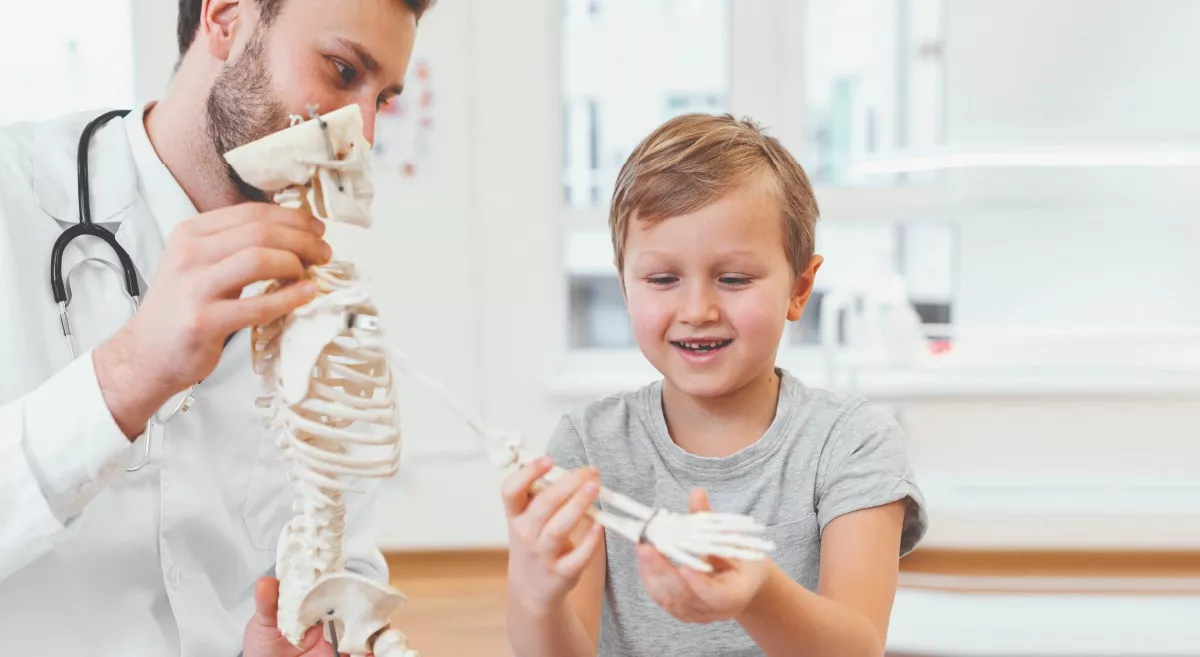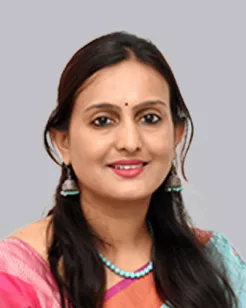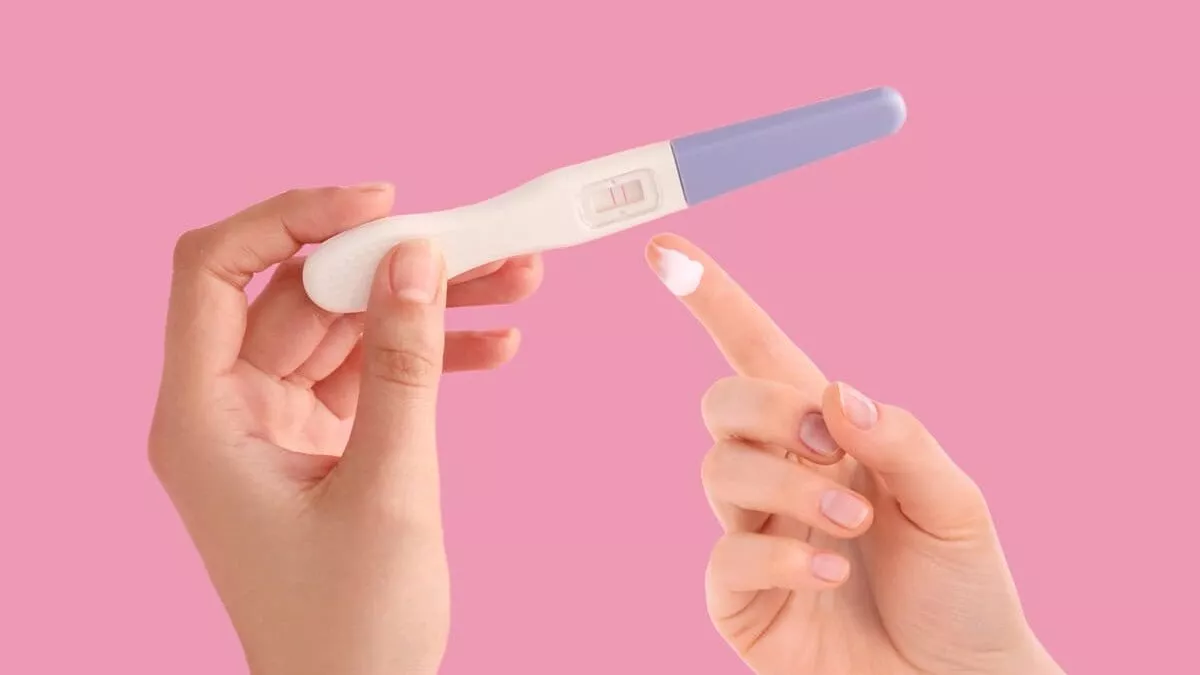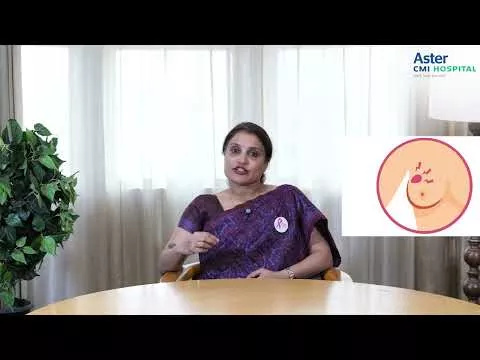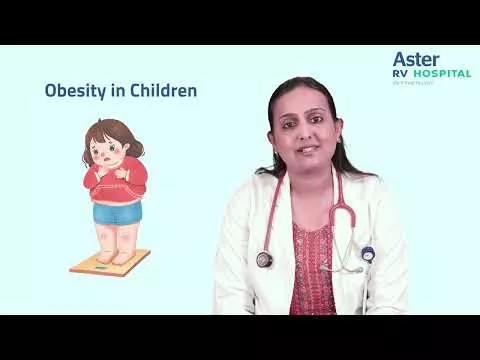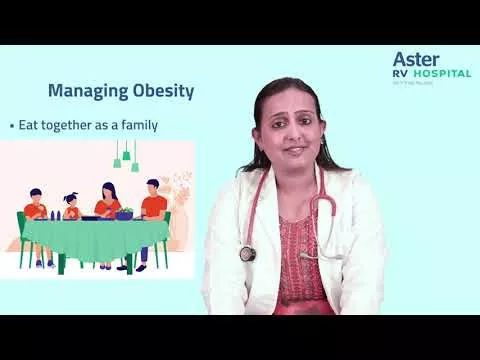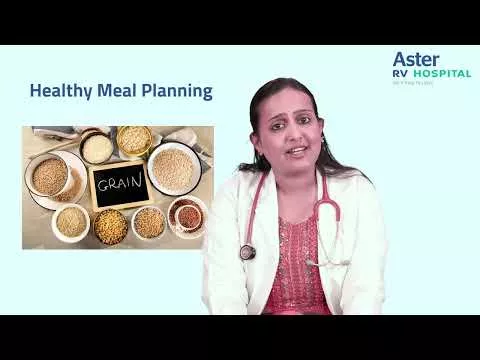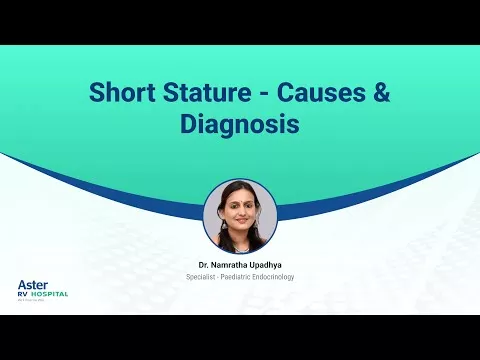Musculoskeletal system- Why is it important to know?
The musculoskeletal system is what provides structure, support and mobility to our bodies consisting of bones, cartilage, ligaments, tendons and connective tissues. Bones form the framework for growing bodies. They are predominantly made up of Calcium, a critical mineral for normal body processes; the skeleton being the storehouse for calcium. Other minerals such as Magnesium, Phosphorous and Vitamins C, D, K are also very important for bone formation.
Why is the childhood period important for bone development?
Bone is a living tissue, constantly changing throughout our lives with bits of old bone being removed and replaced by new bone by taking up and releasing calcium & other minerals.This is a cycle influenced by many factors such as our genes, gender, hormones related to growth & puberty, diet, exercise habits and certain diseases. During childhood and adolescence, the pace of bone building is greater than breakdown and boys tend to accumulate more bone mass than girls; the amount of bone tissue in the skeleton (bone mass) peaks by late twenties which is the period of maximal bone strength & density. Up to 90% of peak bone mass is achieved by 18 years in girls & 20 years in boys, making this the best time to invest in one’s bone health. The stronger the bones, the longer one can stay healthy with ageing.
Building your children’s “bone bank” account is a lot like saving for their education: The more they can put away when they’re young, the longer it should last as they get older
What kind of bone disorders affect children and what are the symptoms?
Bone disorders can affect any age; hence bone health is important at all ages. Most commonly, toddlers can develop weak bones due to Vitamin D deficiency leading to Rickets, which presents as delayed walking, a wide open soft spot over the head, broad forehead, bowing of the legs and even seizures or tetany due to severe calcium deficiency. This can also result from Vitamin D deficiency in the mother leading to deficient Vit D in her infant. Older children may have weakness, muscle pains, or deformities such as bowing of legs, knock knees with increased risk for fractures. Rarely, children may be affected with certain genetic diseases ,which if severe may present with weak bones or osteoporosis, recurrent fractures and deformities.
Are there any risk factors to develop weak bones?
- A diet which is low in calcium, Vitamin D
- Lack of adequate exposure to sunlight
- Lack of physical activity
- Female sex
- Children who are born premature or with low birth weights
- Certain genetic conditions such as osteogenesis causing osteoporosis, diseases affecting the musculoskeletal & neurological system
- Certain medications such as steroids, hormonal agents, anticonvulsants used to treat chronic diseases can affect bone building or cause increased bone loss
- Any prolonged illness affecting the child
What can happen if we don’t protect our children’s bone health?
As we grow older the rate of bone formation slows down and our bodies start to remove bone mass faster than it can be built leading to a condition called osteoporosis. This means that the bones are weak and easily prone for fractures which can lead to deformities and disabilities as we grow older.
How can we protect our child’s bone health?
With the right approach, we can protect our children by preventing osteoporosis and its complications. The best way to achieve this is being a role model ourselves and lead by example. The two most important lifelong bone health habits to be encouraged are proper nutrition and plenty of physical activity.
Nutrition- A diet that is rich in Calcium and Vitamin D. Calcium is found in various food sources. Some common foods are dairy products- milk, cheese, curds, millets such as ragi & jowar, soya, citrus fruits such as oranges which is also rich in Vitamin C, Custard apple, green leafy vegetables, broccoli sesame seeds, walnuts, peanuts & almonds. Sources of Vitamin D mushrooms, eggs, dairy , fish-liver oils. Calcium & vitamin supplements are not necessary for healthy children as most of it should be procured from our diet. If your child has any risk factors or unable to tolerate certain foods, it may be necessary to give supplements. Foods that need to be limited in diet- Salty foods , animal proteins such as meats can give rise to excess amounts of acids in the body can leach out the calcium from our bones.
Physical activity- Why is it important? Our muscles and bones are stronger when we use them. Any type of physical activity should be encouraged especially the ones which involve weight bearing and resistance exercises. (Fig 7)Children should be introduced to physical activity as early in life as possible so that they develop a lifelong healthy habit. They should also be encouraged to play outdoors as sun exposure helps the body produce more Vitamin D.
What are some of the physical activities that can help strengthen bones?
Weight bearing
- Walking
- Running
- Hiking
- Dancing
- Tennis, basketball, Football
- Gymnastics
- Skating
Resistance exercises
- Lifting weights
- Jumping ropes, skipping
AVOID
- Sitting indoors for long time
- Excess Screen time
- Excessive exercise
When should we visit a specialist to seek help?
There are certain conditions which may indicate a serious problem with your child’s bones which need to be addressed by the right professionals. Your doctor may guide you to a paediatric endocrinologist or a paediatrician with expertise in bone health. These include
- Toddlers who have delayed motor milestones, swollen wrists , ankles and a wide-open soft spot beyond 18 months of age
- Children with chronic conditions like asthma, treatment for cancers, seizures, steroids & other immunosuppressants
- Children with neurological & neuromuscular disorders with immobility
- Any child with 2 or more recurrent fractures or fracture of the backbone
